
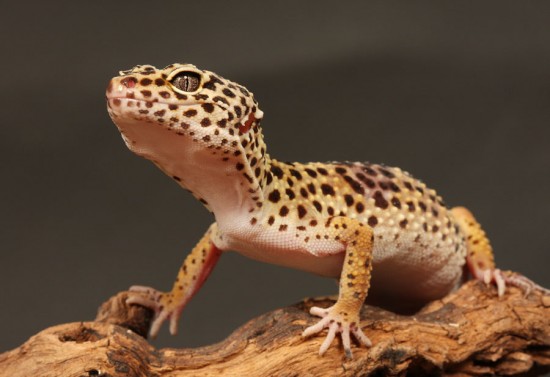
With their huge range of species, beautiful colours, fascinating behaviour and relatively wide availability, geckos, iguanas and other types of lizard are becoming increasingly popular as pets.
There are many species of lizards available for sale as pets in the UK, so you need to consider carefully the most suitable pet for you. Iguanas, for instance, start life as tiny hatchlings, but a full sized adult can grow to six feet in length!
One of the most suitable first lizards for the beginner keeper is the leopard gecko. Leopard geckos are very docile, easy to care for, and don't need a huge tank. They also don't need UV lighting, which many other species do.
Leopard geckos can live for up to 20 years in captivity, and grow to a maximum length of about 8- 10 inches. The most common variety is yellow and cream with black spots, as alluded to by their name. They are mainly nocturnal, and so likely to be most active at night. They shed their skin every two to five weeks, and generally eat the shed skin to adsorb the vitamins and minerals it contains.
Leopard geckos do not need a huge amount of space- a glass tank of around 20 gallons capacity is sufficient for two to three of them. Females can be kept together, but you should only keep one male per tank, as multiple males will fight. You should of course only consider keeping males and females together with the understanding that they may do what comes naturally and provide you with hatchlings in time!
Leopard geckos need a secure tank, which should have a suitable lid such as a screen top or mesh covering.
You will need a suitable substrate on the bottom of the tank. The subject of using sand as a substrate for geckos is the cause of much debate, due to possible ingestion by juvenile geckos. Recommended materials to use instead include pea gravel, small flat stones, newspaper, or artificial grass.
You'll also need to provide a temperature adjustable heating pad under the substrate, to maintain the optimum temperature of around 24 degrees Celsius during the day, and 21- 24 degrees Celsius at night. Always make sure there is a cooler area or corner of the tank which the geckos can use to regulate their body heat. If you find your geckos are spending most of their time in this area, you should consider if the ambient temperature of the tank is too high, and adjust it accordingly.
'Heat rocks' for basking are available in some retailers, but you should be cautious if using these that they do not become too hot and cause burns.
A simple low wattage light bulb can be placed in the lid of the tank to allow for viewing during the day. This should always be turned off at night.
Geckos require a moist hide area, such as a small pot with an opening for the geckos to get in and out through. This should be lined with damp moss, vermiculite or paper towels, and sprayed with water on a regular basis to make sure it is moist at all times. The hide area is where your geckos will sleep during the day, go to shed their skin, and lay their eggs if breeding.
You will need small a small bowl for their water. Water should be available at all times and refreshed regularly. Make sure the water bowl is not too deep for easy access- no more than twice the height of a gecko laying flat is a good rule.
A 'grit box' is another necessary addition- Geckos need to ingest a suitable grit mixture, which helps them to break down the hard skeletons of the insects they eat, and aids in their general digestion. Plain calcium powder or a mix of crushed eggshell and calcium powder are two of the well regarded substances in common usage.
Geckos are insectivores- they eat live insects. They do not eat plants and vegetables. You will need to feed a good variety of healthy and well hydrated insects such as mealworms, crickets and wax worms. Geckos need to eat a good variety of insects to remain healthy, and the insects must be 'gut loaded' prior to feeding, which means placing them in a nutritious high protein food mixture (often available in pet stores) for 12 hours.
When you've done your research and decided that a leopard gecko is for you, your next step is to decide where to buy one from. Always choose a reputable breeder or pet shop, which will be able to advise you on your geckos' health and welfare.
You should make sure that the pets you take home are captive bred rather than caught in the wild- Wild lizards are prone to pests and parasites, and captive bred juveniles and adults are generally much easier to tame.
In order to make sure the gecko you choose is healthy, look for the following signs-
Avoid choosing a gecko displaying any of the following possible symptoms of ill health-
Finally, before committing to getting a leopard gecko or geckos, it's worth mentioning that nine out of ten reptiles, leopard geckos included, carry salmonella.
For this reason, it is recommended that they are not handled or cared for by young children, pregnant women, and people with compromised immune systems. Anyone caring for reptiles should take special care to avoid transmission of salmonella bacteria to themselves or others.
Good practice includes hand washing, preventing hand to mouth contact, and careful cleaning and storage of any equipment used for your pet.
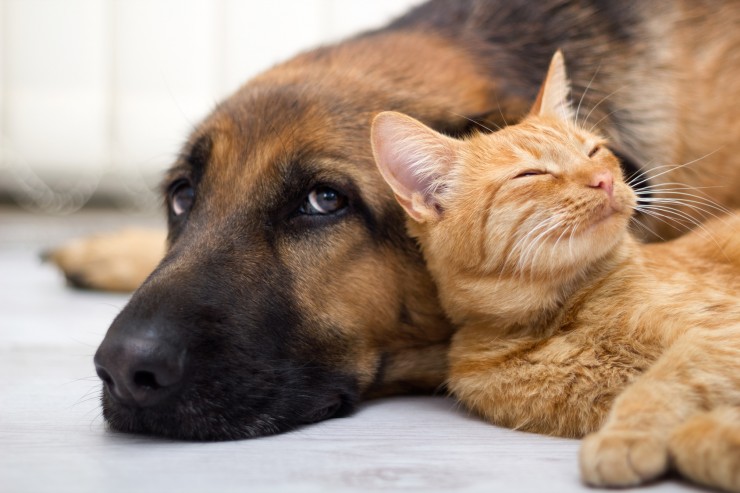 Do Plug-in Pheromone Diffusers For Cats And Dogs Really Work?
Do Plug-in Pherom
Do Plug-in Pheromone Diffusers For Cats And Dogs Really Work?
Do Plug-in Pherom
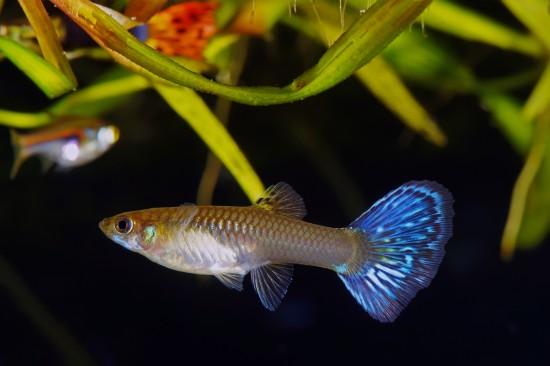 Fish Breeding And Raising Fish Fry
Fish Breeding And
Fish Breeding And Raising Fish Fry
Fish Breeding And
 Professional Help For Pet Sitting And Grooming
Professional Help For Pet Sitting And Grooming
Professional Help For Pet Sitting And Grooming
Professional Help For Pet Sitting And Grooming
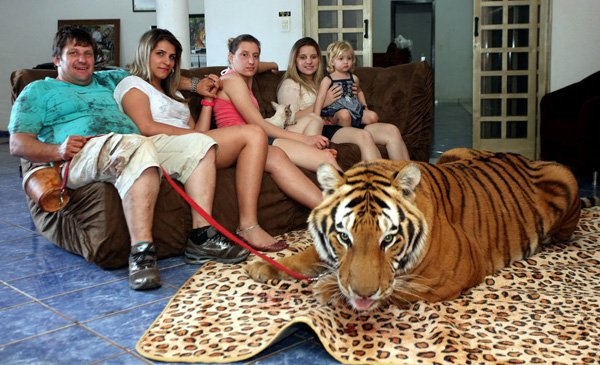 Can Cats Live Without Humans?
Can Cats Live Without Humans?
Self-Reliance in
Can Cats Live Without Humans?
Can Cats Live Without Humans?
Self-Reliance in
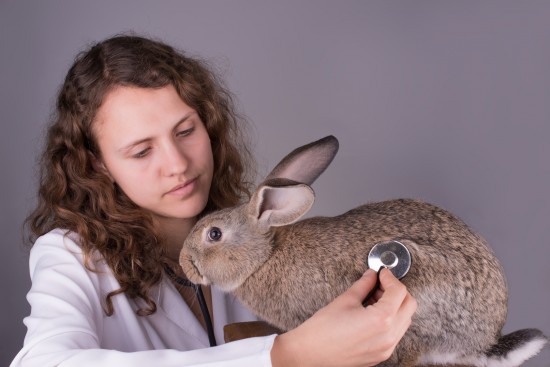 Viral Haemorrhagic Disease (vhd) In Rabbits
Viral Haemorrhagi
Viral Haemorrhagic Disease (vhd) In Rabbits
Viral Haemorrhagi
Copyright © 2005-2016 Pet Information All Rights Reserved
Contact us: www162date@outlook.com